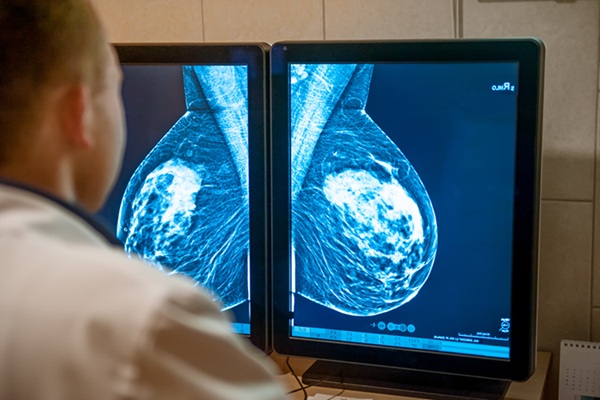Technique Significantly Reduces Radiation Dose to Healthy Tissue
By MedImaging International staff writers
Posted on 15 Mar 2012
Spanish researchers have developed a new radiotherapy technique that is much less toxic than the conventionally employed method and only targets cancerous tissue. This new protocol provides a less invasive but equally effective cancer postoperative treatment for instances of cancer of the oral cavity and pharynx. Posted on 15 Mar 2012
The study, conducted by investigators from the University of Granada (Spain) and the University Hospital Virgen de las Nieves (Granada, Spain), between 2005 and 2008- included 80 patients diagnosed with epidermoid cancer of the oral cavity and pharynx, who had undergone lymph node removal. The affected nodes were located by the surgeon during the intervention and classified into different risk levels. Classification allowed physicians to target the regions at a higher risk of recurrence. In this manner, neck areas at a lower risk of containing residual cancer cells were not irradiated. Researchers achieved both to minimize the side effects of radiotherapy, and to reduce treatment discontinuation, thus achieving the therapy to be more effective.
Over 70% of oral and pharynx cancer treated with surgery require supplementary treatment with radiotherapy occasionally associated to chemotherapy, because of the high risk for recurrence and spread through the lymph nodes. Radiotherapy and chemotherapy are highly toxic, mainly due to the ulceration of the mucous membranes lining the oral cavity; toxicity leads may patients to stop the treatment, which significantly reduces the chances of cure.
By using the risk map obtained with the collaboration of the surgeon and the pathologist, an individualized treatment was designed and adapted to the specific risk level of recurrence in each neck area. The volume of tissue irradiated was significantly smaller than that typically irradiated with traditional techniques.
After a three-year follow up, using this new technique, the investigators reduced the volume of irradiated tissue in 44% of patients. By this new technique, irradiation of an average volume of 118 cc of tissue was avoided. A total of 95% of patients completed radiotherapy and presented considerably lower toxicity than patients treated with the conventional technique. Recurrence rates did not increase.
Related Links:
University of Granada
University Hospital Virgen de las Nieves














